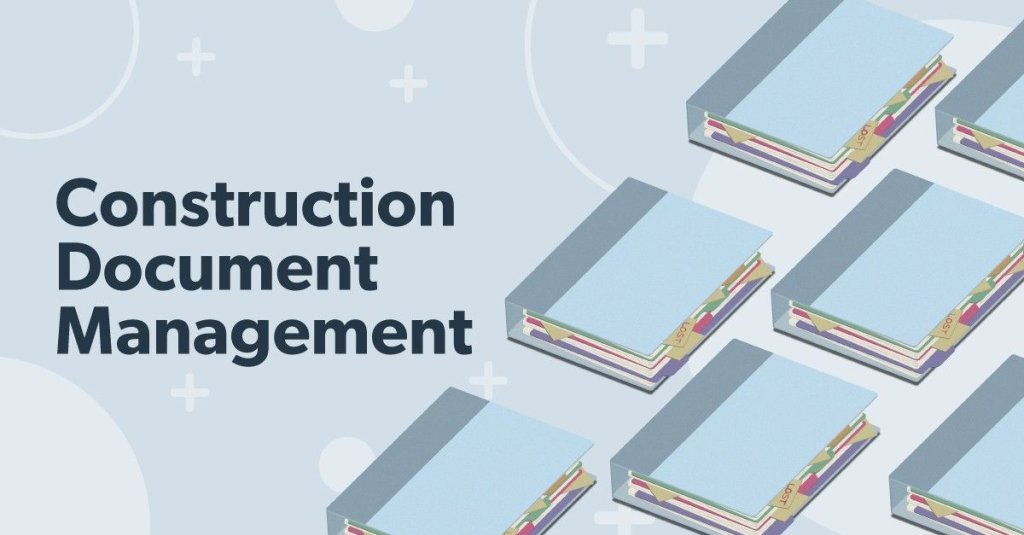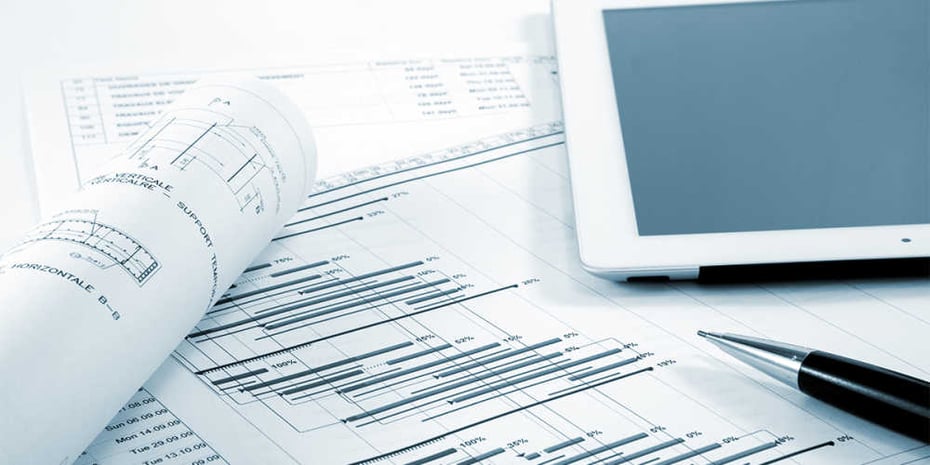Structure Better Projects: The Function of Construction Document Management in Success
Optimizing Project Cooperation: Designer's Best Practices in Building And Construction File Management
In the detailed realm of building tasks, the reliable management of building and construction papers stands as a cornerstone for success. Designers, with their meticulous focus to detail and cutting-edge design options, are tasked with coordinating a symphony of stakeholders, resources, and timelines. However, in the middle of this intricacy lies a critical concern: just how can architects enhance collaboration processes to boost project end results? By checking out vital techniques such as leveraging cloud-based systems, developing durable interaction protocols, and ensuring information safety, engineers can boost their document management methods to brand-new heights.
Leveraging Cloud-Based Platforms
Leveraging cloud-based systems is an essential method for modern designers in enhancing building paper administration procedures. By transitioning from standard paper-based systems to shadow services, designers can improve collaboration, improve document accessibility, and enhance total task effectiveness. Cloud-based platforms provide architects the capacity to shop, share, and upgrade building documents in real-time, ensuring that all staff member have access to the most existing info despite their location. This access advertises seamless interaction and control among project stakeholders, bring about fewer errors and hold-ups in the building process.
Furthermore, cloud-based systems offer a protected setting for storing sensitive project details, offering file encryption, regular backups, and customer consent setups to protect information honesty. Designers can additionally gain from the scalability of cloud options, allowing them to change storage space capacity and performance based upon project demands. On the whole, leveraging cloud-based platforms equips engineers to optimize their building record management processes, driving better collaboration, efficiency, and success in their jobs.
Applying Version Control Systems
Having developed the advantages of cloud-based systems in construction file administration, engineers can currently enhance their paper control procedures by implementing Version Control Solution. Version Control Solution (VCS) are crucial tools that track changes in files, guaranteeing that employee are constantly dealing with the current and most exact details. By implementing VCS, architects can maintain a centralized repository where all job files are kept, allowing seamless partnership while lessening the threat of mistakes and version conflicts.
This attribute is especially important in building and construction jobs where design iterations and alterations are usual. This transparency not just enhances liability yet additionally helps in settling conflicts or disparities that may emerge during the job lifecycle.
Establishing Communication Methods
To guarantee efficient and efficient job control, architects need to develop clear and robust communication methods within their construction file monitoring processes. Communication procedures specify the methods, frequency, and networks where staff member exchange info, updates, and responses. One important element of developing these protocols is identifying a centralized interaction system where all project-related conversations and document sharing can take location. This platform can be a task management software, email threads, or cloud-based storage space remedies. By establishing guidelines on exactly how info is shared and just how staff member communicate with each other, architects can improve the flow of data and stop miscommunications or hold-ups in the building procedure.
In addition, interaction methods must likewise include guidelines on just how to manage disputes, change orders, and urgent concerns that might occur during the task lifecycle. Developing a structured approach to interaction makes sure that all stakeholders are on the same web page, advertises transparency, and ultimately adds to the effective completion of the construction task.
Using BIM Software for Control
BIM software program plays a critical role in boosting sychronisation amongst job team participants in the building sector. Building Information Modeling (BIM) helps with collaboration by supplying a centralized platform where designers, designers, contractors, and various other stakeholders can interact in a collaborated manner. With BIM software, job individuals can access and update a common model which contains in-depth information regarding the structure design, building and construction components, and job timetables.

In addition, BIM software program allows real-time collaboration and interaction among employee, no matter their physical area. With cloud-based BIM platforms, task stakeholders can access the newest project info, track changes, and make educated decisions promptly. Generally, leveraging BIM software for control improves task effectiveness, productivity, and eventually results in effective project end results.
Ensuring Data Protection and Compliance
In the realm of construction file administration, protecting data stability and making sure regulative conformity are vital considerations for engineers and various other task stakeholders. Engineers need to carry out durable safety steps to safeguard sensitive project details from unapproved gain access to or breaches.

Final Thought
To conclude, engineers can enhance project cooperation in building paper management by leveraging cloud-based platforms, applying variation control systems, establishing communication protocols, using BIM software for sychronisation, and guaranteeing information safety and security and conformity. These finest techniques help simplify the building procedure, improve interaction amongst job stakeholders, and boost effectiveness in project shipment. By following these guidelines, architects can successfully manage building records and help with effective task outcomes.
Via BIM software program, job individuals can access and upgrade a common model that includes comprehensive information about the building style, building and construction elements, and task timetables.
Via cloud-based BIM systems, project stakeholders can access the latest project information, track changes, and make notified decisions quickly - construction document management. Generally, leveraging BIM software application for sychronisation improves job effectiveness, efficiency, and ultimately leads to successful project outcomes
In conclusion, architects can YOURURL.com maximize task collaboration in construction document monitoring by leveraging cloud-based systems, carrying out variation control systems, establishing communication protocols, utilizing BIM software program for control, and making certain information safety and security and compliance. These best techniques assist improve the building process, improve interaction amongst project stakeholders, and boost performance in job shipment.